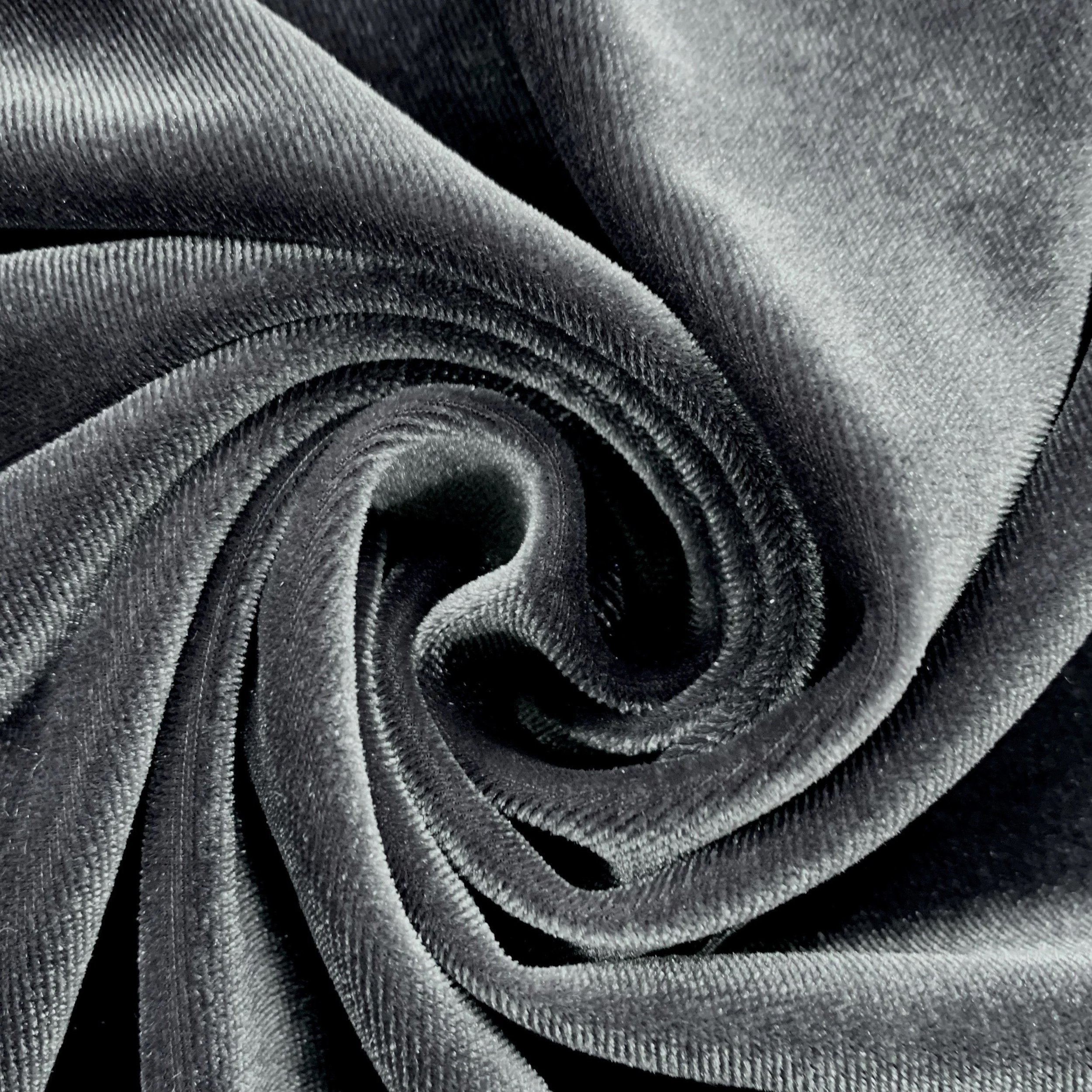
Velvet
Velvet in Interior Design:
A Comprehensive Look at Its Pros & Cons
Velvet has long been associated with luxury, elegance, and opulence. Known for its rich texture and sheen, this fabric brings a sense of warmth and sophistication to any space, making it a favorite choice in both contemporary and traditional interiors. However, while velvet has many appealing qualities, it also requires careful consideration regarding maintenance and suitability. Here’s an in-depth look at the pros and cons of using velvet in interior design.
Pros:
Luxurious Appearance and Texture: Velvet’s soft, plush texture and natural luster give it a uniquely luxurious look. Its rich appearance adds depth and interest to spaces, instantly elevating the decor. Velvet works beautifully in formal living rooms, bedrooms, and accent furniture, adding a touch of glamour and refinement. The fabric’s sheen also catches light, giving it a dynamic quality that changes with different lighting.
Variety of Colors and Styles: Velvet is available in a wide range of colors, from deep jewel tones to soft neutrals, allowing for flexibility in design. Its depth of color enhances the richness of hues, making it an ideal choice for bold color statements. Velvet pairs well with various interior styles, whether it’s adding a sophisticated touch to modern decor or a vintage charm to traditional settings.
Comfort and Warmth: Velvet’s dense pile provides a soft, warm feel, making it exceptionally comfortable for upholstered furniture. This quality makes it a great choice for cozy seating areas, especially during colder months. Velvet not only looks inviting but also adds a layer of physical warmth to interiors, making it an appealing option for lounges, reading nooks, and bedrooms.
Durability and Resilience: High-quality velvet, especially those made from natural fibers or performance velvet, can be surprisingly durable. Performance velvets are often treated to resist stains, moisture, and wear, making them suitable for high-traffic areas. Velvet can withstand years of use when properly maintained, making it a good investment for long-lasting luxury furniture.
Versatility Across Styles: Velvet has a versatile appeal that works across a variety of design aesthetics. From mid-century modern to Art Deco, bohemian to minimalist, velvet can enhance different design themes. It’s especially effective in adding texture to a room, making it a versatile fabric for accent pieces, sofas, ottomans, and headboards.
Cons:
High Maintenance and Cleaning Requirements: Velvet requires careful handling and maintenance to retain its beauty. It can show dust, pet hair, and dirt easily, so regular cleaning is necessary. Spills and stains can also be challenging to remove, as velvet tends to absorb liquids quickly. Spot cleaning may not be enough, and professional cleaning is often recommended, especially for large upholstered pieces. For those seeking a low-maintenance fabric, velvet may require more care than desired.
Prone to Crushing and Imprints: Velvet’s luxurious pile can be prone to crushing, leaving marks or imprints where pressure is applied. This means it may show indentations from sitting or resting objects on the surface. While some people appreciate this “lived-in” character, others may find it frustrating. Choosing a denser velvet or one with a shorter pile can help reduce this effect.
Susceptibility to Fading: Velvet is sensitive to sunlight, which can cause colors to fade over time. This is especially true for darker shades, which are more likely to show signs of fading when exposed to direct sunlight. For rooms with ample natural light, velvet may not be the best choice unless the fabric is specifically treated to resist fading, or the furniture is placed out of direct sunlight.
Higher Cost: Velvet is generally more expensive than many other fabrics due to its complex manufacturing process. High-quality velvet, especially those made from natural fibers or treated for durability, can be costly. While velvet can add significant aesthetic and tactile value, its price point may be a drawback for those on a budget. However, performance velvets and synthetic blends offer more affordable alternatives.
Temperature Sensitivity: Velvet can feel warm and cozy in the winter, but it might not be as comfortable in hot or humid climates. Its dense texture may retain heat, making it less ideal for year-round comfort in warmer environments. For those in tropical or warm climates, using velvet in smaller accents, like cushions or ottomans, may provide the luxurious feel without compromising comfort.
Is Velvet Right for Your Space?
Velvet brings unmatched elegance and comfort to interiors, making it a top choice for those looking to add a touch of luxury. Its rich texture and aesthetic appeal make it ideal for statement furniture and accent pieces, although it requires a bit more upkeep than other fabrics. If you’re drawn to velvet’s luxurious look and don’t mind the maintenance, it can be a stunning addition to your home.
At Maison by Phan, we offer a selection of velvet-upholstered furniture that can be customized to suit your needs. Explore our color options and materials to create the perfect piece for your space. For more information, contact us at design@maisonbyphan.com.

